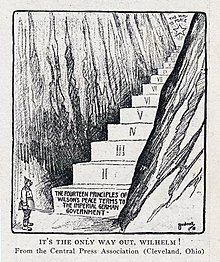LAD/Blog #33: Kellogg-Briand Peace Pact
LAD/Blog #33: Kellogg-Briand Peace Pact
The Kellogg-Briand Pact (or “Pact of Paris”), was signed agreeing to outlaw war on August 27th, 1928. It was meant to prevent another world war. The two men the treaty is named after are French Minister of Foreign Affairs Aristide Briand and U.S. Secretary of State Frank B. Kellogg. Briand proposed a peace pact only between France and the U.S.- a bilateral agreement saying there would not be war. Some in America loved the idea, but President Coolidge and Kellogg thought differently. They worried others might view it as an “alliance,” so they suggested having other nations join the pact to prevent war. This was very well received (especially because it only outlawed wars of aggression, not self-defense), and eventually, two clauses were agreed upon: it “outlawed war as an instrument of national policy and…called upon signatories to settle their disputes by peaceful means.” On the 27th, 15 nations signed it (France, the United States, the United Kingdom, Ireland, Canada, Australia, New Zealand, South Africa, India, Belgium, Poland, Czechoslovakia, Germany, Italy and Japan), while 47 nations would later do the same. The U.S. Senate ratified it with an huge majority (85-1), even though it appeared the only way it could be enforced was through the League of Nations, if it could be enforced at all. The first test of the pact came in 1931, with the Mukden Incident, where Japan invaded Manchuria. Depression as well as not wanting to go to war stopped the League of Nations/the US from interfering. Soon after, the pact was threatened further by Germany, Austria, and Italy, and it was evident that there was no way to truly enforce it. It ultimately failed in preventing WWII, and represented the idealism in people striving for peace.

Kellogg-Briand Peace Pact

Woodrow Wilson’s 14 Points (synthesis):
Wilson's 14 Points are very similar to the Pact of Paris in that they both had the goal of creating lasting peace and avoiding another world war. Because of this, however, both of these were more idealistic rather than realistic plans for the future.
Comments
Post a Comment